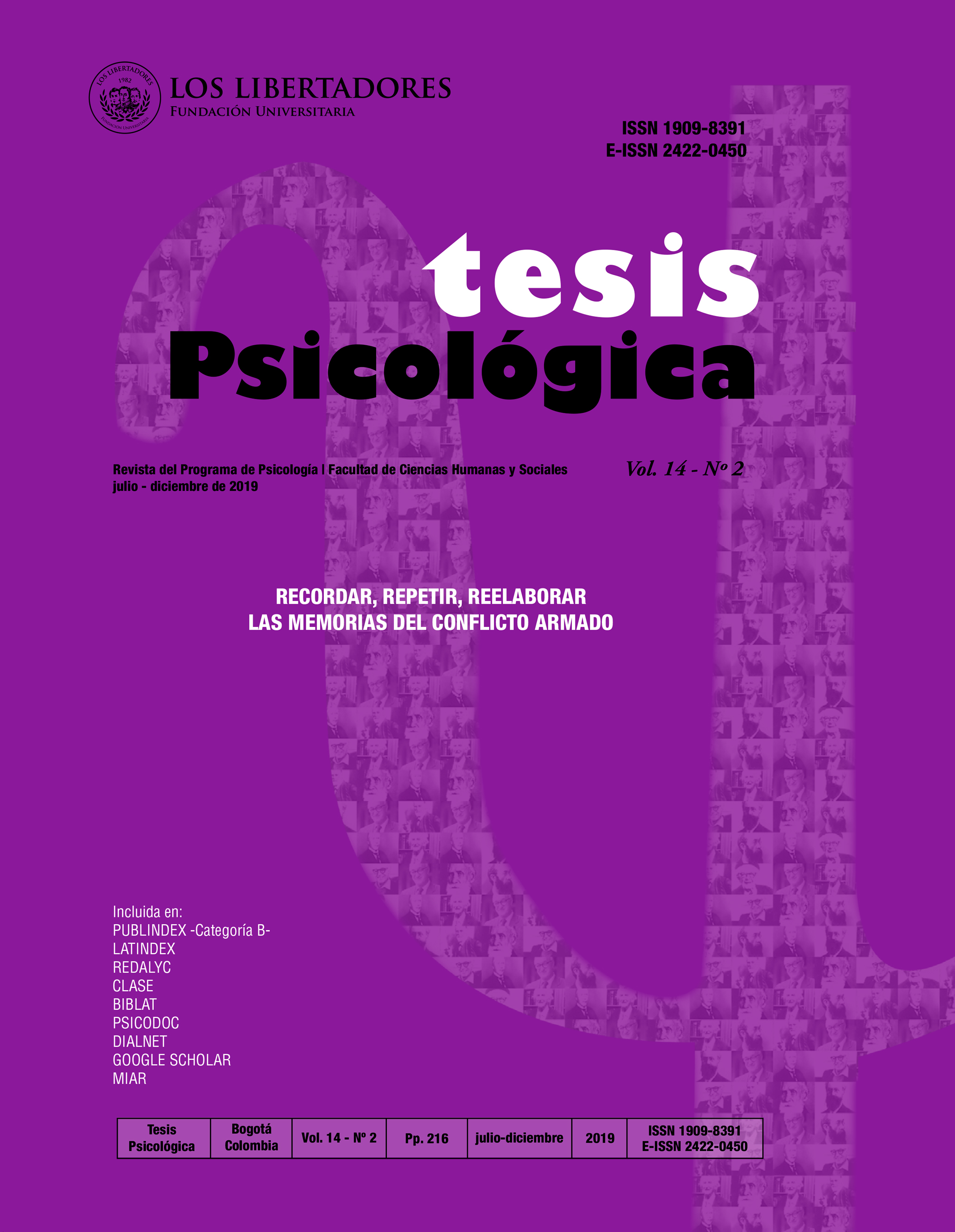Abstract
The exercise of war photography has been historically analyzed from all human sciences. In these studies, the photographic image has generally been privileged over the narratives that structure the existence of war pho-tographers. This happens because the narratives that the technical images propose can be classified using the Flusserian term: “post-ideological;” this is, narratives that can potentially house any ideology. This article seeks to identify emerging narratives that enable the constitution of the photographer as a post-ideological subject. Due to the extensive documentation on his life and work, the famous photographer Robert Capa is used as a case study to identify these narratives. To carry out this study, it is necessary to categorize Robert Capa as a cyborg, taking into account that part of the narratives that comprise him come from the photographic ins-trument and others from his experience as a human being. His experience is compared with his contemporary cyborgs such as Leni Riefenstahl, and with those of people who experience his legacy in an identity narrative way. In this analysis, some of the narratives that emerge in the identity constructions of photographers are identified. Because these narratives are directly associated with the photographer's relationship with the camera, they enable post-ideological structures. These narratives become complex identity constructions that transcend the individual and become structural elements of the system where the photography is produced. It can be concluded that the ideology associated with this practice comprises both human and machine narra-tives and ideologies.References
Althusser, L. (1989). La filosofía como un arma de la revolución. México D.F.: Siglo XXI Editores.
Arendt, H. (2003). Eichmann en Jerusalén: un estudio acerca de la banalidad del mal. Barcelona: Lumen.
Bergson, H. (1927). Obras escogidas. Madrid: Aguilar.
Bertalanffy, L. W. (1967). Robots, men and minds: psychology in the modern world. New York: George Braziller.
Bourdieu, P. (2003). Un arte medio. Barcelona: Gustavo Gili, S.A.
Bourdieu, P. (2007). El sentido práctico. Buenos Aires: Siglo XXI Editores.
Clavería, R. (2015). Valor social de la fotografía de guerra: Robert Capa en la guerra civil española. Documentación de las Ciencias de la Información, (38), 223-244.
Deleuze, G., & Guattari, F. (2004). Mil mesetas: capitalismo y esquizofrenia. Valencia, España: Pretextos.
Doménech, H., & Riebenbauer. R. M. (2007). La sombra del iceberg [Película]. España: Dacsa Produccions.
Flusser, V. (1985). A filosofia da caixa preta, ensaios para una futura filosofía de la fotografía. São Paulo: Huitec.
Flusser, V. (1994). Los gestos. Barcelona: Herder.
Flusser, V. (2013). Post-history. Minneapolis: Univocal.
Fonseca, J. (2012). Reflexiones sobre la construcción narrativa de la identidad, crisis y afrontamiento. Revista Psicoterapia y Familia, 25(2), 5-16.
Fonseca, J., Rey, A., & Romero, J. (2013). Construcción narrativa de relatos identitarios que favorecen la resiliencia en jóvenes con orientación homosexual. Hallazgos, 10(19), 133-148.
Haraway, D. (1985). A cyborg manifesto: science, technology, and socialist-feminism in the late twentieth century. Socialist Review, 80, 65-107.
Hersey, J. (1947). The man who invented himself. 47 Magazine, 3(7), 35-41.
Kershaw, A. (2012). Blood & champagne: the life and times of Robert Capa. New York: Amazon Digital Services LLC.
Makepeace, A. (2003). Robert Capa: in love and war [Película]. E.U.A: Eagle Rock Entertainment.
Morin, E. (2000). Introducción al pensamiento complejo. Barcelona: Gedisa Editorial.
Simondon, G. (2008). El modo de existencia de los objetos técnicos. Buenos Aires, Argentina: Prometeo Libros.
Sontag, S. (1981). Under the Sign of Saturn. New York: Penguin Random House.
Toledo, M. (2012). Sobre la construcción identitaria. Atenea (Concepción), 506,43-56.
Vertov, D. (1973). El cine-ojo. Madrid: Fundamentos.
Watzlawick, P., Beavin, J., y Jackson, D. (2014). Pragmatics of human communication: a study of interactional patterns, pathologies and paradoxes. New York: Amazon Digital Services LLC.
Whelan, R. (2010). Robert Capa obra fotográfica. New York: Phaidon.
White, M., & Epston D. (1993). Medios narrativos para fines terapéuticos. México D.F.: Paidós.

This work is licensed under a Licencia Creative Commons Atribución-NoComercial-


